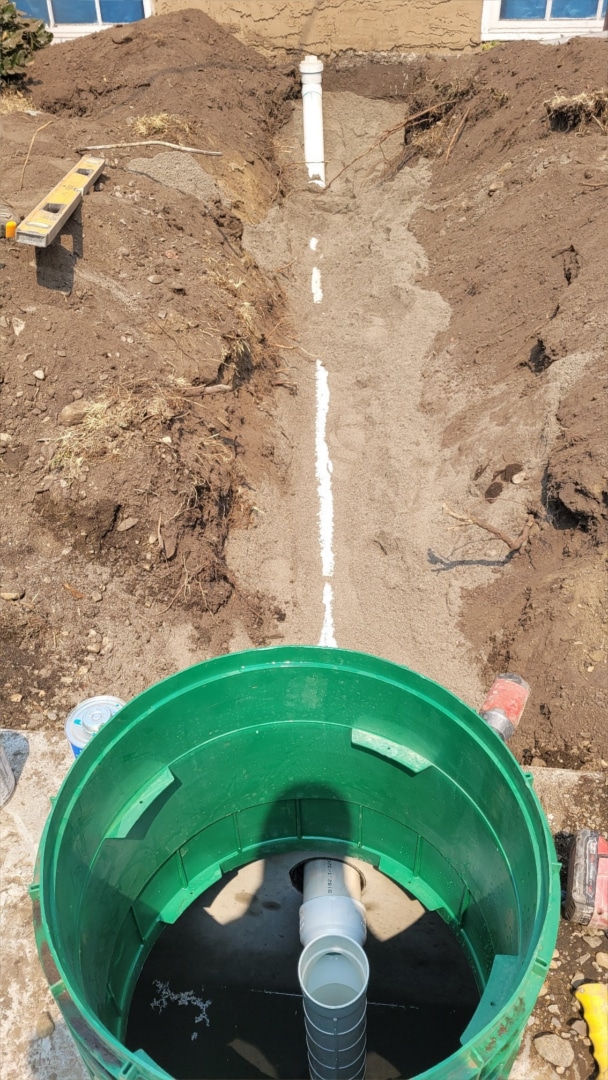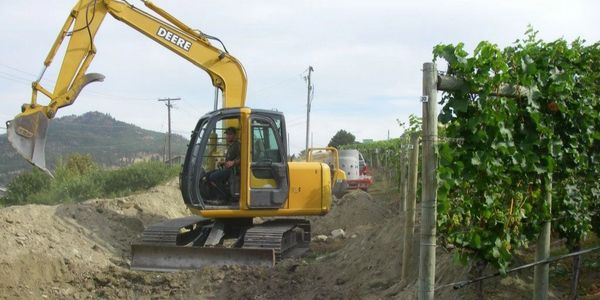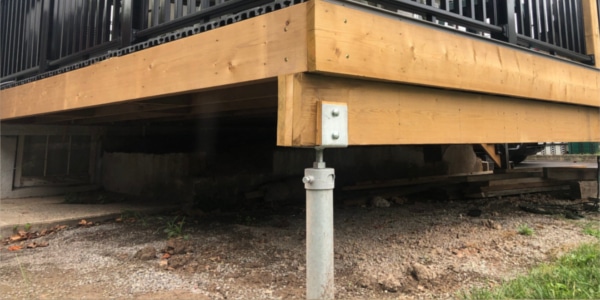Our Septic Services
North Valley Contracting is well-known to many British Columbia engineers and builders for installing, inspecting and repairing Types 1, 2 and 3 residential and commercial septic systems throughout the province. Our fully insured, certified staff looks for the most cost-effective solution for your site conditions. Let the professionals from North Valley Contracting help you get a worry-free septic system.
CONTACT US
North Valley Contracting Ltd.
We strive to be in constant communication with our customers until the job is done. To get a free quote, or if you have questions or special requests, just drop us a line. We look forward to serving you!




























